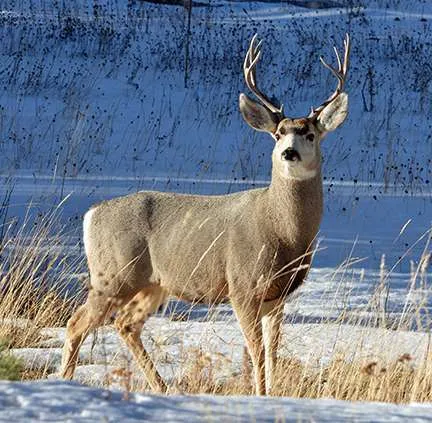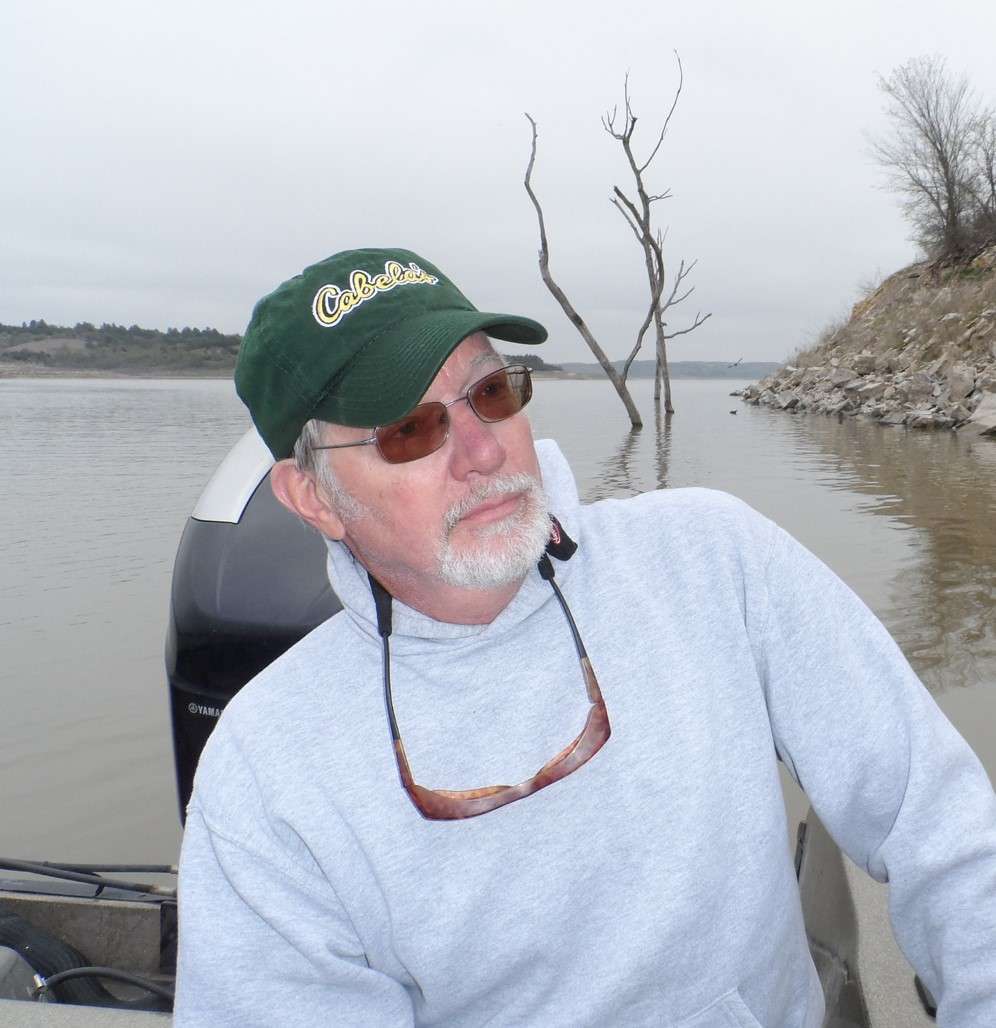As I left our deer blind this morning ahead of the approaching winter storm, the windows of my pickup were already icing over, and my driveway was so slick already, I nearly feel on my butt when I stepped out of the truck at home. That should have answered the nagging question “Did I stay long enough in the blind?” Yet here I sit, a little guy on my shoulder whispering in my ear “What a looser; you should have stayed loooonger!”
This has been a different and exasperating deer season for many hunters in my area. Several local hunters have come away without harvesting deer, as the deer just don’t appear to be here. The moon was full or bright for much of the regular firearm’s season, raising the excuse that the deer were simply moving at night. That coupled with the unseasonably mild weather, makes that theory more than plausible. But an avid deer hunter nearby told me he has seen fewer pictures on his cameras this year than any year he can remember. The 3 years of drought that has plagued our state might also be a factor, as drought affects fawn survival and forces deer to drink from stagnant water holes which foster diseases like Blue Tongue.
Around here, it always seems the nearer the river, the more deer there are. With that in mind, I was given the chance to hunt from a friends raised blind close to the river. He had gotten a buck there opening morning, but for the next several days, I saw a total of two small bucks. The owner even sat with me one morning this week during antlerless season as a second set of eyes, and we saw nothing. The farmer just across the fence had counted 17 in the field well after dark one night as he worked in the field, again, lending credence to the theory that the deer were moving at night. But this morning ahead of the storm, a 13-year-old girl got her first deer from that blind, which happened to be the only deer they saw.
Volumes have been written instructing deer hunters how to have a successful deer season, but try as I might, I can’t find anything consoling those of us who failed to harvest a deer this year, or instructing us how to cope for the next twelve months. So besides giving you the names of the local psychiatrists and advising you to just go out and buy half a hog, I’ll try to offer some advice as coming from a deer hunter who’s been down that “empty freezer” road more than once.
First and foremost, you know how I feel about the term “unsuccessful” as it relates to any hunting trip or outdoor adventure. I live by the cliché that a bad day in the woods is still better than a good day at work or most other places for that matter. I have to remind myself that watching the owl silently land in the tree in front of our blind, or hearing the wailing howls of coyotes help make the morning anything but “unsuccessful.” Failure to harvest a deer doesn’t necessarily mean you did something wrong. If you missed an easy shot or spooked the deer by being seen, smelled or heard, yes, that was your mistake. But things beyond our control affect deer harvests also.
So, here’s my advice to all deer hunters who didn’t connect this year. First, figure out how to correct mistakes that might have cost you your venison, this can include spending time at the range if you missed an easy shot. Secondly, get permission to hunt more property. One cannot have too many places to hunt deer; it’s like having too much
money! The more ground you can hunt, the better the odds of finding deer under any circumstance. Last, and certainly not least, spend time in the field or woods with your binoculars. I grew up hunting Ohio whitetails with a group of guys that included a couple seasoned deer hunters. When deer season ended, it became a tradition to ask each other “Well, are you eating venison or bologna?” Pre-season scouting can often mean the difference between venison and bologna for the next twelve months.
Now that I’ve finished this week’s contribution, please excuse me while I get to work on recipes for my new cookbook, 101 Ways to Cook Bologna…Continue to Explore Kansas Outdoors.
Steve can be contacted by email at stevenrgilliland@gmail.com.





